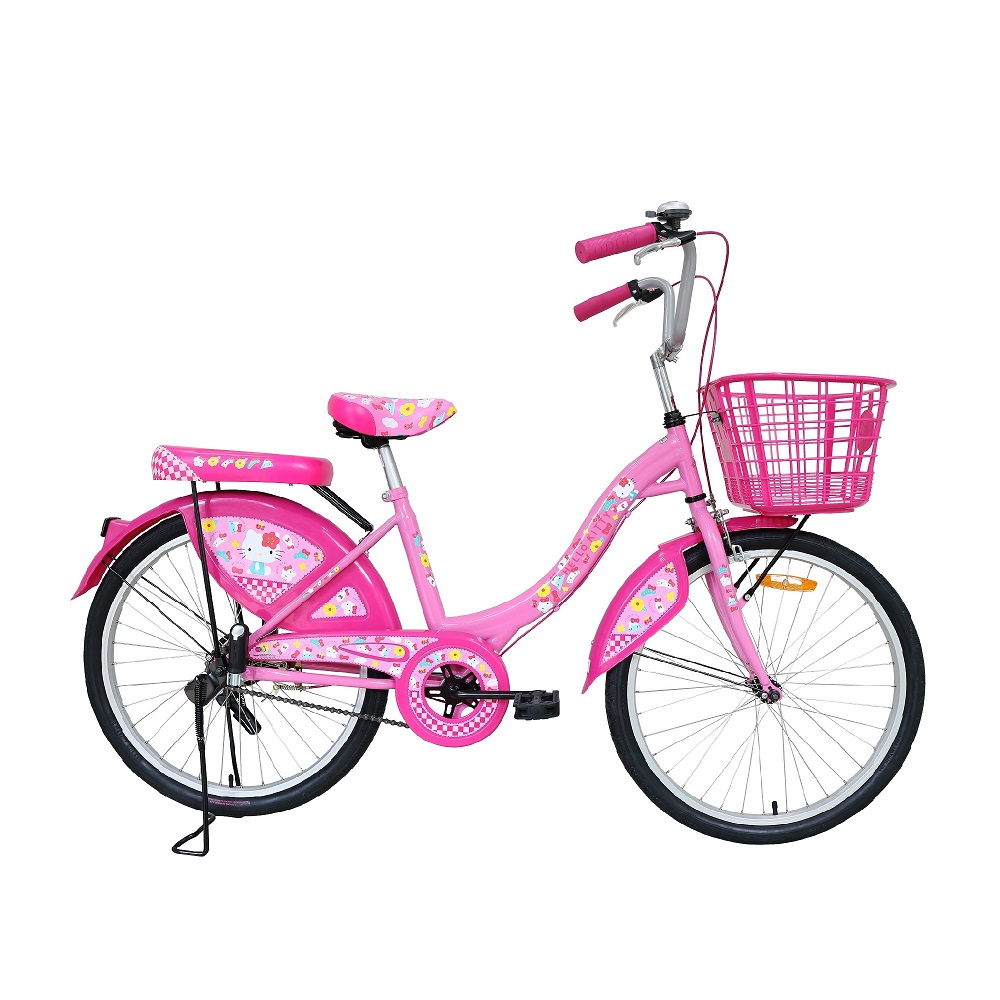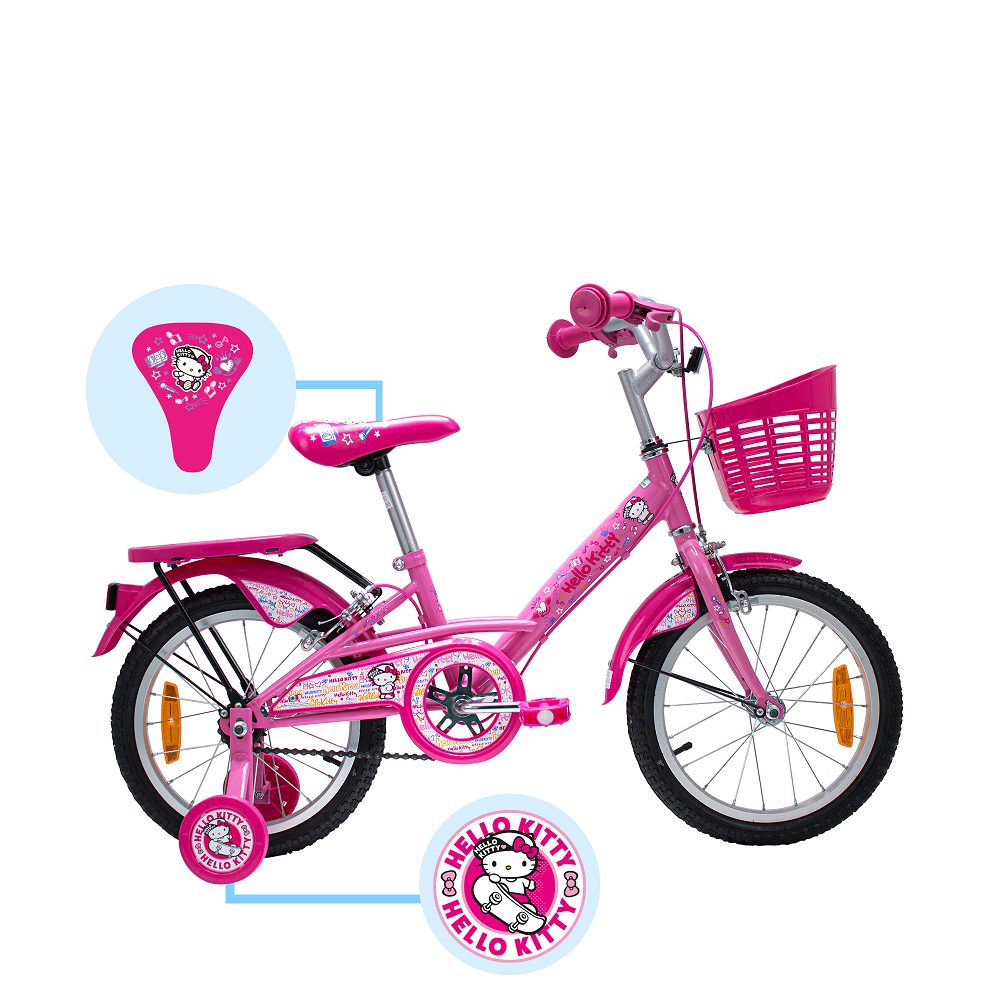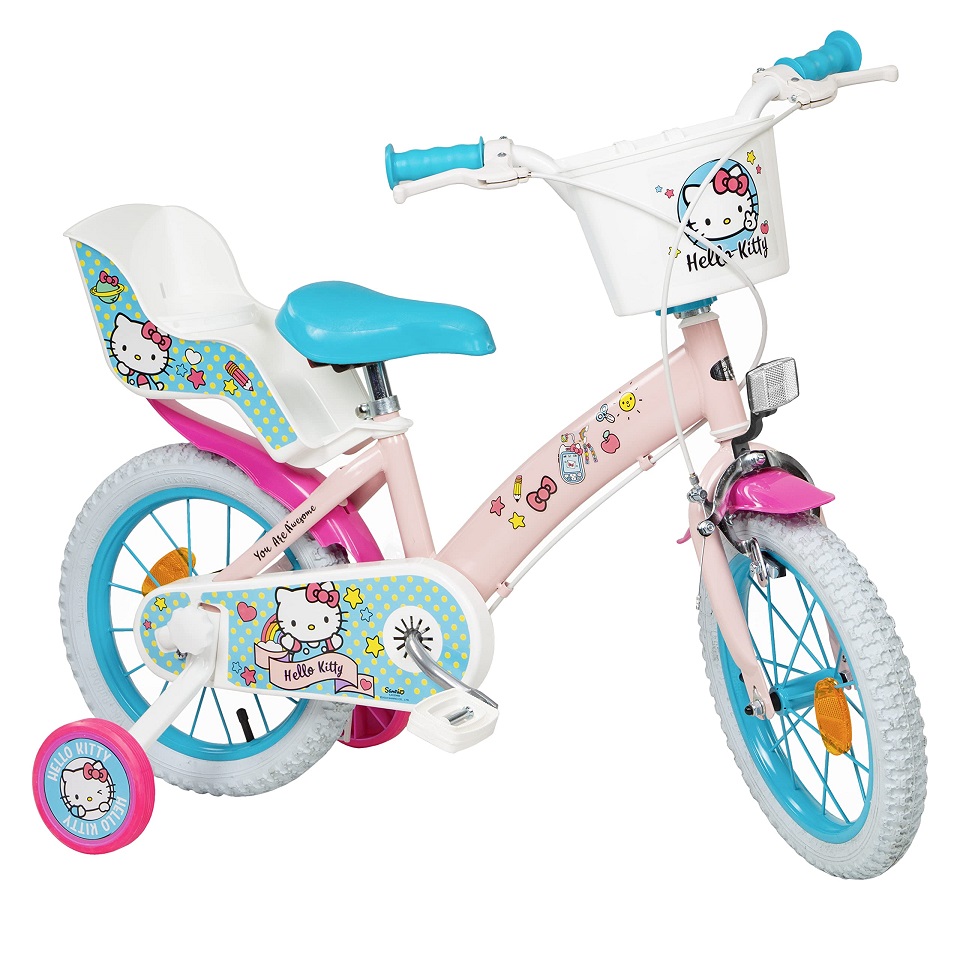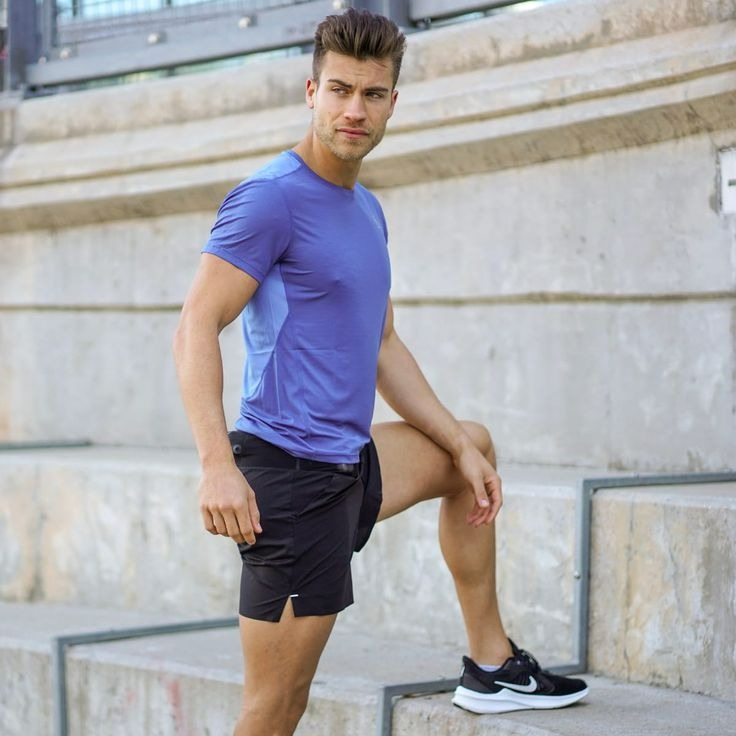Introduction
In recent years, bicycles have gained renewed popularity as a mode of transportation. As urban areas become busier, many people are looking for alternatives to the car. Riding a bicycle offers numerous benefits, both personal and environmental. Hello Bicycle is a term that encapsulates this movement toward a more sustainable lifestyle. In this article, we’ll explore the various dimensions of this cultural momentum fueled by the humble bicycle.
The Resurgence of Cycling: A Brief History
Cycling has a rich history stretching back to the early 19th century. The first bicycles were introduced in Europe in the 1810s. As technology advanced, so did bicycle design. The introduction of pedals and gears revolutionized cycling. The 20th century saw a decline in bicycle use as cars became more prevalent. However, the late 20th and early 21st centuries marked a resurgence of interest in cycling. Environmental concerns, health benefits, and lifestyle factors are driving this change. Communities around the world are embracing cycling in various forms.
The Environmental Impact of Cycling
One of the most significant benefits of cycling is its positive impact on the environment. Cars are a major contributor to pollution and climate change. They emit carbon dioxide and other greenhouse gases, which harm our planet. Bicycles, on the other hand, produce zero emissions. In urban areas, widespread cycling can drastically reduce air pollution. By choosing to ride instead of drive, individuals can lower their carbon footprint. This shift contributes to cleaner air, healthier communities, and a more sustainable future.
Health Benefits of Cycling
Cycling is not only beneficial for the environment but also for personal health. It provides an excellent form of cardiovascular exercise. Regular cycling can improve heart health, strengthen muscles, and boost overall stamina. It can also help with weight management. People who cycle regularly tend to be more active and have lower rates of obesity. Mental health benefits also abound. Riding a bicycle reduces stress and improves mood. The enjoyment of cycling can make it easier to stick to a fitness routine.
The Bicycle as a Cultural Symbol
Bicycles symbolize freedom, adventure, and exploration. They represent a shift from traditional transportation methods to more sustainable ones. Many people view cycling as a lifestyle choice. Communities that embrace cycling often foster a sense of camaraderie. Cycling events, group rides, and competitions bring people together. These gatherings create social bonds and network opportunities. They highlight the joy of riding, encouraging even more people to participate.
Cycling Communities and Advocacy
Many cities have established cycling communities and organizations. These groups advocate for better infrastructure and policies to support cycling. They often push for more bike lanes, bike racks, and safer roads. Such initiatives promote a cycling culture in urban spaces. Cities that prioritize cycling become more pleasant for everyone. They enhance mobility options, leading to reduced traffic congestion.
Cycling organizations also provide resources for new riders. They offer classes, safety seminars, and group rides to help individuals get started. As a result, more people feel comfortable adopting cycling as their primary mode of transportation. This transformation has a ripple effect, influencing others in the community to take up cycling.
Infrastructure and Cycling: The Road Forward
While cycling has many benefits, a strong infrastructure is essential. Safe bike lanes and secure parking areas are crucial. Cities must invest in cycling infrastructure to encourage more sustainable behaviors. Without dedicated bike lanes, cycling can feel unsafe. Motorists may not be aware of cyclists, leading to accidents. A commitment to creating safe cycling environments can improve overall public safety.
Government Initiatives
Many governments recognize the importance of cycling. They implement initiatives to create better urban planning. Some cities are reallocating street space to accommodate cyclists. Others are introducing bike-sharing programs to encourage more people to ride. These programs allow individuals to rent bicycles for short trips. They provide easy access to cycling without the burden of owning a bike.
Education about cycling safety is also vital. Young riders, in particular, need to learn how to navigate traffic safely. Schools can incorporate cycling education into their physical education curriculum. This exposure helps instill good habits in children from a young age. As these young cyclists grow into adults, they’re more likely to continue cycling throughout their lives.
Types of Bicycles: Finding Your Perfect Ride
The bicycle industry offers a wide variety of bike types. Each type caters to different needs, preferences, and cycling experiences. Understanding the options can help riders choose the right fit for their lifestyle.
Road Bikes
Road bikes are designed for speed and efficiency. They have lightweight frames and thin tires, making them perfect for paved surfaces. These bikes are popular among serious cyclists and those who enjoy racing. However, they are less suited for rough terrains or casual riding. Before purchasing a road bike, individuals should consider their cycling goals.
Mountain Bikes
Mountain bikes are built for durability and off-road riding. They feature thicker tires and a sturdy frame, allowing riders to traverse rugged trails. These bikes often come with suspension systems to absorb shocks. Mountain biking is both thrilling and challenging, drawing many adventure seekers.
Hybrid Bikes
Hybrid bikes combine elements of road and mountain bikes. They are versatile and suitable for various terrains. Their comfortable seating position makes them ideal for casual rides. Hybrid bikes are great for commuting, running errands, or leisurely rides. Riders looking for a balance of comfort and performance may find this style appealing.
The Joy of Cycling: Personal Experiences
Cycling is more than just a mode of transportation; it’s an experience. Many riders describe a unique joy that comes from the rhythm of pedaling. The sensation of the wind on your face and the freedom to explore are unparalleled. Each ride becomes an adventure waiting to happen.
Exploring New Places
Riding a bicycle allows individuals to access places that cars can’t reach. Trails, parks, and scenic routes become accessible. Exploring a city on a bike offers a different perspective. Riders can discover hidden gems and appreciate their surroundings. The novelty of finding new paths adds excitement to each ride.
Connecting with Nature
Cycling can foster a deeper connection with nature. As riders glide through green spaces or along coastal paths, they experience tranquility. The simplicity of this activity encourages mindfulness. The sights and sounds of nature can refresh the spirit. It’s easy to forget daily stresses when immersed in the natural world.
Conclusion: The Future of Cycling
As cities evolve, the importance of cycling continues to grow. The benefits are clear, both for individuals and the environment. The Hello Bicycle movement is a testament to this cultural shift. Embracing cycling leads to healthier lifestyles and more sustainable cities. Looking ahead, it is vital for communities to support this transformation. Investing in cycling infrastructure and promoting safe practices will ensure a bright future for all riders.
Riding a bicycle is about more than just getting from one place to another. It’s about embracing the journey and all the joys that come with it. So, whether you’re a seasoned cyclist or a beginner, it’s time to say “Hello Bicycle!” and discover a new way to explore the world around you.
An Invitation to Ride
If you haven’t tried cycling yet, now is the perfect time. Grab a bike and head out into your community. Feel the wind in your hair and take in the sights around you. You’ll be surprised at the liberation and joy that riding a bicycle can offer. Cycling is not just a practical choice; it’s a lifestyle filled with adventure, community, and a commitment to a healthier planet. Join the movement and say “Hello Bicycle!” to a brighter future.
The Role of Technology in Cycling
Technology is changing the way we ride. New advancements make cycling safer and more enjoyable. From smartphones to wearable devices, cyclists are embracing innovative tools. These technologies enhance the overall riding experience.
Cycling Apps
Numerous apps help riders track their routes, monitor their performance, and connect with fellow cyclists. Popular apps like Strava and MapMyRide allow individuals to log their rides. They provide insights into performance metrics, encouraging progress. Riders can compete with friends, join virtual challenges, and motivate one another.
Smart Technology
Smart technology has also begun to enter the cycling world. Features like GPS navigation, integrated lights, and even electronic shifting systems are becoming commonplace. Smart helmets with built-in Bluetooth allow cyclists to listen to music or take calls while riding. These advancements help make cycling more convenient and enjoyable.
Community Events: Encouraging Participation
Many cities host cycling events to promote this mode of transport. Events like Bike to Work Day, community rides, and cycling festivals bring people together. They celebrate cycling as a fun and healthy activity. These events also raise awareness about the benefits of riding.
Group Rides
Group rides foster a sense of community among cyclists. They provide opportunities for individuals to meet others who share their passion. These rides also encourage new riders to participate in a supportive environment. Organized rides can vary in skill level, catering to both novice and experienced cyclists.
Advocacy Events
Cycling advocacy events raise awareness about cycling infrastructure needs. They draw attention to the importance of safe rides and accessible roads. By coming together, cyclists can make their voices heard. Advocacy events help shape policies, leading to improvements in cycling conditions.
The Economic Benefits of Cycling
Cycling has significant economic advantages for individuals and communities. When more people choose to ride, it can reduce traffic congestion and road maintenance costs. Fewer cars lead to lower fuel consumption and less wear on infrastructure.
Personal Savings
Cycling can also save individuals money. The costs associated with owning a car—insurance, fuel, maintenance—can add up quickly. By choosing to bike, individuals can save a substantial amount each month. Moreover, bike maintenance is generally far less expensive than car upkeep.
Job Creation
As cycling grows in popularity, so do job opportunities in the cycling industry. Bicycle manufacturing, retail, and maintenance services all benefit from increased interest in cycling. Furthermore, cities that promote cycling infrastructure can attract businesses and tourism. A bike-friendly environment is likely to draw attention from companies looking to invest in vibrant communities.
Cycling and Urban Design
Urban design plays a crucial role in promoting cycling. Planning decisions can either encourage or discourage cycling in communities. Cities with convenient bike access see more people choosing to ride.
Designing for Cyclists
Urban planners increasingly focus on creating cyclist-friendly environments. This involves integrating bike lanes, bike share stations, and secure parking into the urban fabric. Streets designed with cyclists in mind promote safety and accessibility. This encourages people to make cycling a part of their daily routine.
The 15-Minute City Concept
The 15-minute city is a growing trend in urban planning. It envisions cities where residents can access essential services within a 15-minute walk or bike ride. This concept encourages a culture of cycling, as people can easily reach schools, shops, and parks without relying on cars. By prioritizing walking and cycling, cities can become healthier and more sustainable.
Cycling and Mental Health
Cycling is an effective way to enhance mental health. Many people find that riding relieves stress, reduces anxiety, and improves overall well-being.
The Flow State
Engaging in physical activity, like cycling, can lead to a ‘flow state.’ This state of complete immersion in the activity promotes relaxation and enjoyment. Many cyclists find this flow helps them escape daily pressures and brings joy.
Building Resilience
Cycling can also enhance mental resilience. The challenges of navigating different terrains or long distances build confidence. Overcoming these challenges can lead to a sense of achievement. This feeling of accomplishment may translate to other areas of life, improving overall mental health.
Conclusion: Join the Movement
The Hello Bicycle movement is transformative. It promotes a culture of sustainability, health, and community connection. Whether you’re riding for exercise, leisure, or transportation, each ride contributes to a positive impact on your life and the planet.
As we look towards the future, embracing cycling is essential. Communities must support this shift through improved infrastructure and advocacy. Together, we can create a world where cycling is the norm, and sustainability thrives.
So, it’s time to embrace the joy of riding and join the Hello Bicycle movement. Grab a bike, hit the roads or trails, and experience everything cycling has to offer. Let the journey begin.





